What Is Port Wine? (Styles, 12 Best Bottles to Buy in 2025, Investing Tips)
Port wine is a delectable dessert wine, but it has far more to offer than just being a digestif after a heavy meal.
What are the different types of Port wines?
Which Port wines should you add to your cellar?
We’ve got all the answers!
This article covers everything about Port wine — its colorful history, wine regions, wine styles, the best bottles to buy, and more.
You’ll also discover how to invest in the finest Port wines through Vinovest.
Further reading
- Explore this guide on How to Drink Port Wine to relish your favorite tipple the right way.
- Check out our Wine Investing Guide offering tips on how to invest in fine wine with just $1,000, the best bottles to buy and more.
- Discover 45 Delectable Cocktail Recipes to win over your guests at the next soirée!
What Is Port Wine?
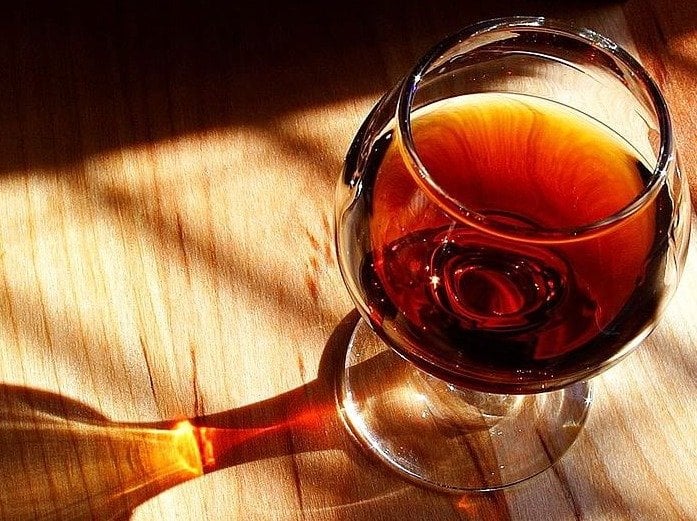
Port is a sweet, fortified wine produced exclusively in Portugal’s Douro Valley. It’s usually enjoyed as a dessert wine because of its richness, but some types can be served as an aperitif.
A Brief History of Port Wine
“Port” was named in the 17th century after the seaport city of Porto, located at the mouth of the Douro River. It used to be transported down the river from Portugals Douro Valley in boats called barcos rabelos for trading in Porto.
So, what is special about Port wine?
Port became popular in England when the war with France reduced supplies of French wine, while the Methuen Treaty of 1703 strengthened the Port wine trade.
In that era, the Port wine trade was dominated by powerful shipping families, that’s why Port producers are still called “shippers.” Many were British, which you can see reflected in the names of famous Port wines.
Port Wine Regions

Authentic Port is unique to Portugal, but Port-style wine is made in other parts of the world.
Port Wine Regions in Portugal
Port comes from grapes cultivated in Portugal's Douro Valley.
The three official Port production zones are:
- Baixo Corgo: The westernmost and wettest of the three Port production zones, located near the Douro River.
- Cima Corgo: The central and most prestigious of the three Port production zones, known for producing the finest, most complex Port wines.
- Douro Superior: The easternmost and hottest of the three Port production zones, known for producing concentrated and powerful Port wines.
Other Regions That Make Port-Style Wine
According to the European Union Protected Designation of Origin (PDO) guidelines, only Portuguese wine can be labeled “Port” or “Porto.”
However, Port-style wines are also produced in countries like the US, Australia, Argentina, Canada, India, Spain, and South Africa.
Port Wine Grape Varieties
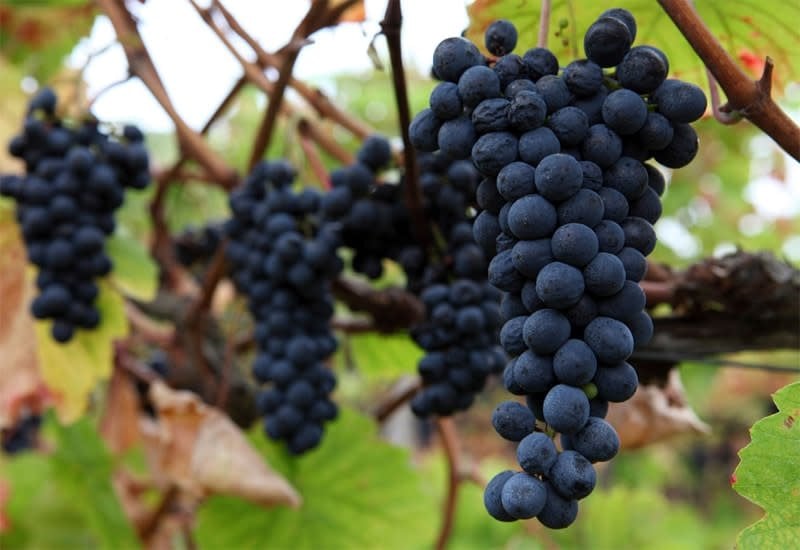
There are over 50 sanctioned varieties for Port production, but the most cultivated are these red wine grapes:
- Touriga Franca: The Touriga Franca red grape produces full-bodied and aromatic wines with dark fruit flavors.
- Touriga Nacional: Wines made from the Touriga Nacional grape boast high tannins, deep color, and complex aromas of black fruits.
- Tinta Roriz (Tempranillo): Tinta Roriz produces medium to full-bodied wines with dark fruit and leather flavors.
- Tinta Barroca: The Tinta Barroca grape produces wines with black cherry and dark chocolate flavors.
- Tinta Cão: This grape produces wines with black fruit and spice aromas.
White Port uses white grape varieties like:
- Donzelinho Branco: Produces white wines with high acidity, citrus flavors, and herbal notes.
- Esgana-Cão: A grape that produces wines with high acidity, floral aromas, and citrus fruit flavors.
- Rabigato: Produces wines with high acidity, mineral notes, and citrus fruit flavors.
How Is Port Wine Made?
Here’s what happens during the winemaking process:
- Harvested grapes are pressed (sometimes by foot) to extract the juice, and are fermented for several days until alcohol levels reach around 7%.
- A neutral grape spirit (a clean, young wine) is added to the resulting base wine. This fortifies it, stops fermentation, and boosts the alcohol content — leaving residual sugar in the wine. The fortification spirit is called brandy (but it’s not like the commercial brandy you’d come across).
- The fortified wine is stored (usually in barrels or oak casks) and aged around 18 months. After this period, it’s blended with other batches to create the final Port wine. The drink is then bottled or aged for a longer period in casks.
8 Styles of Port Wine
Portuguese Port comes in different styles regulated by the IVDP (Institute of Douro and Port Wines):
- Ruby Port
- Tawny Port
- White Port
- Rosé Port
- Vintage Port
- Late Bottled Vintage Port (LBV Port)
- Crusted Port
- Garrafeira
1. Ruby Port
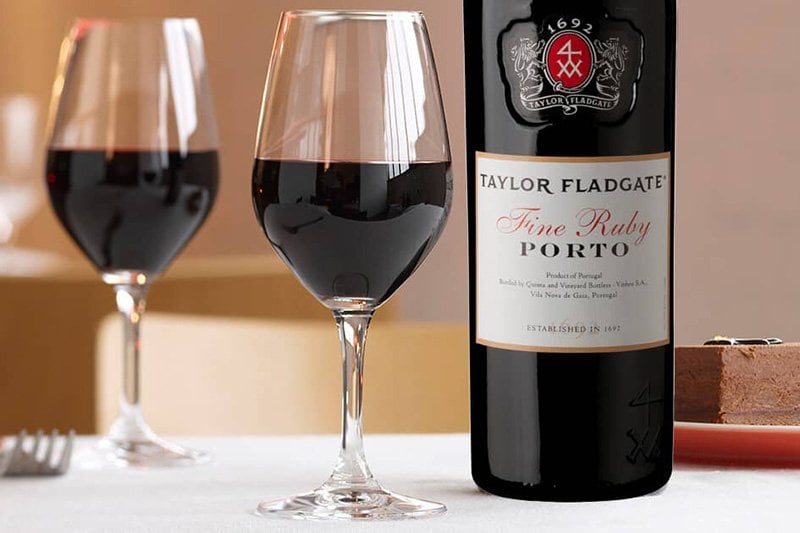
Ruby is the most produced and least expensive Port type. It’s usually aged in steel or concrete tanks to prevent oxidative aging and preserve its fruitiness and bright red color.
Ever heard of Reserve Ruby Port?
It’s a premium Ruby Port, typically aged for 4-6 years in wood.
2. Tawny Port
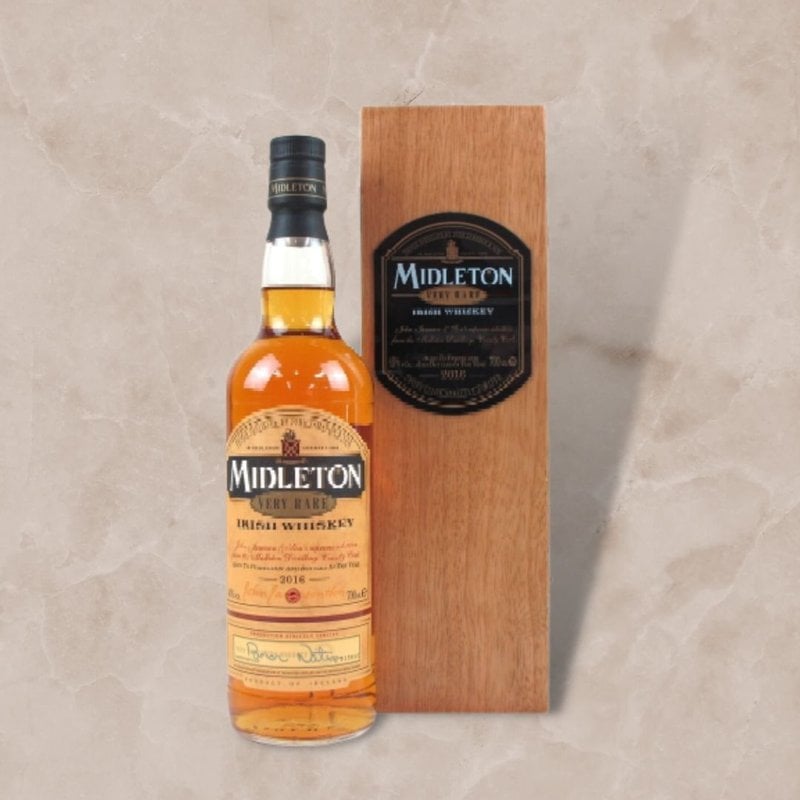
Tawny Port is a very sweet, barrel-aged Port made from red wine grapes. It has ”nutty” flavors from exposure to oxygen while in the barrel and has a golden-brown color.
Tawny Port, labeled without an age category, is a blend of Port that has been barrel-aged for at least three years. Reserve Tawny Port is aged about seven years. Anything older than this (such as the Colheita Port) will have its age stated on the label.
3. White Port
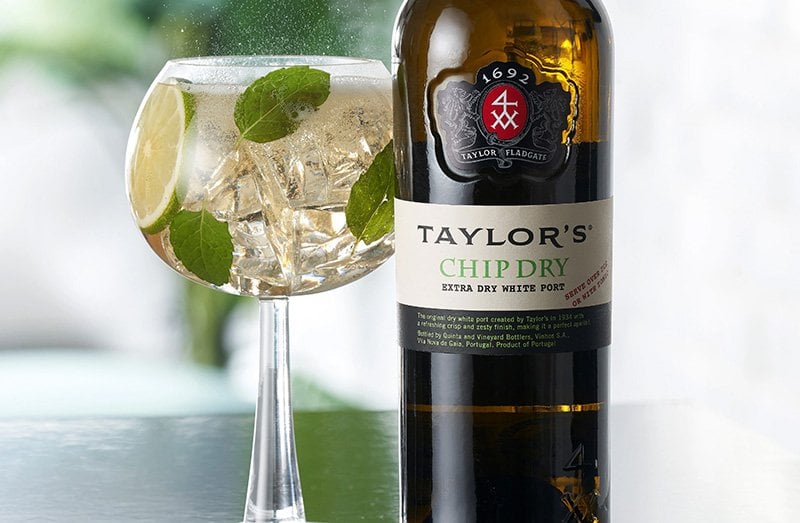
White Port is made from white wine grapes and comes in different styles, from dry to sweet. It’s produced from a single grape harvest and aged in huge tanks to obtain a straw color.
Reserve White Port has to be aged for at least seven years to gain a nutty flavor.
4. Rosé Port
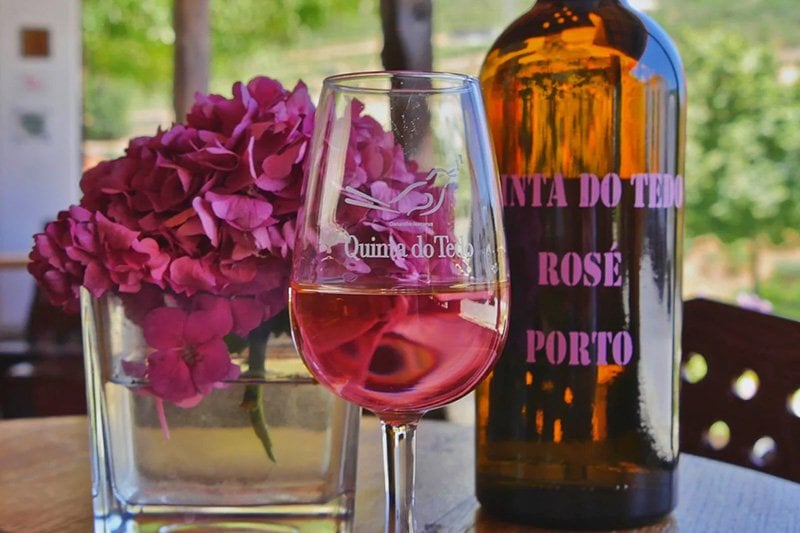
Rosé Port is a new style of Port wine first released in 2008 by the Croft Port house. It’s made like a rosé wine, with limited exposure to grape skins — giving it the rose color.
5. Vintage Port
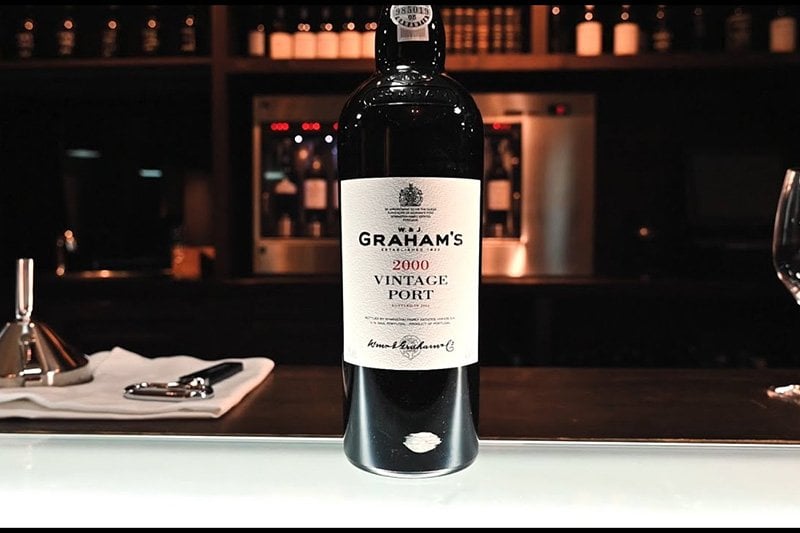
Vintage Port is produced from grapes of a ‘declared’ single vintage year, sourced from different quintas.
It’s aged in barrels or stainless steel for up to two and a half years before bottling. It then ages another 10-40 years in the bottle.
How does Vintage Port differ from Colheita Port and Single Quinta Vintage Port?
Vintage Port spends about 18 months in a barrel after harvest and then continues to mature in a bottle. Colheita can spend years in a barrel before bottling.
Single Quinta Vintage Ports are made the same way as Vintage Ports but are produced from a single vineyard, and in years that a vintage is not declared.
6. Late Bottled Vintage Port (LBV Port)
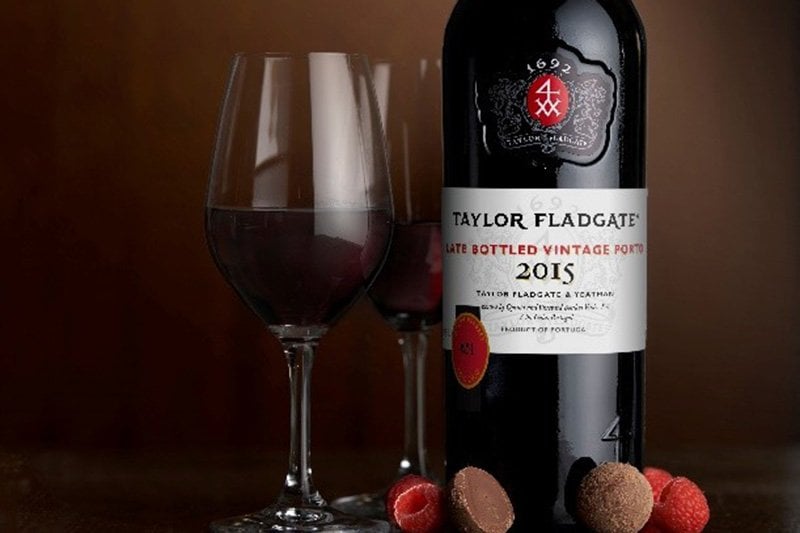
Late Bottled Vintage (LBV) wine spends four to six years in a barrel before bottling — unlike Vintage Port wine, that’s bottled after two years.
During this period, an LBV Port matures and settles down. And unlike Vintage Port, it will be ready to drink when bottled, comes at a lower price, and doesn’t need to be decanted.
7. Crusted Port
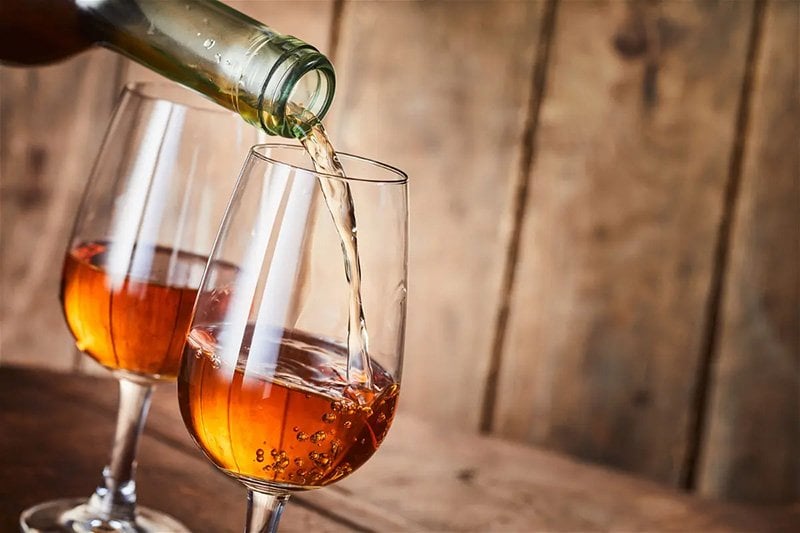
Crusted Port (sometimes called Vintage Character Port) is a blend of wines that’s spent a minimum of four years of barrel-aging. It’s bottled unfiltered and cellared for three years before selling.
8. Garrafeira
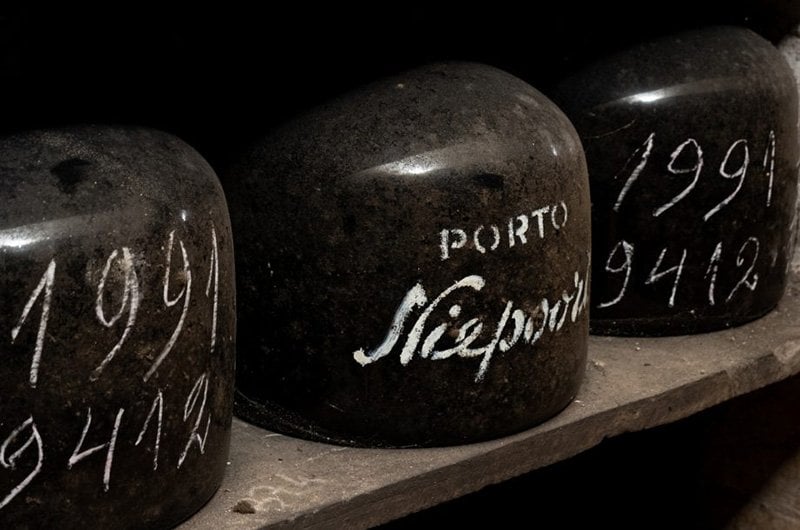
The vintage-dated Garrafeira is rare and unusual. The IVDP requires it to spend about 3-6 years wood-aging, then at least another eight years in glass demijohns (large, narrow-necked bottles) before bottling. Today, only the Niepoort family produces this style of Port.
Now, the word “vintage” has a very distinct meaning for Port wines.
Let’s see what that is.
What Is Vintage in the Context of Port Wines?

Most Port wines are bottled and released as non-vintage wine (there’s no year on its label). But Vintage Port is made only in the best years, which may be only a few per decade.
This is in contrast to the ‘second wines’ of Bordeaux producers, who release a year-labeled top wine almost every year along with wines of lesser quality in some years.
When a Port house considers its wine to be good enough for a vintage, samples are sent to the IVDP for approval. From there, the house declares the vintage and the year appears on the bottle.
What Does Port Wine Taste Like?

Port is a sweet wine, full-bodied, and usually lacking in acidity.
Here are the flavor profiles for different types of Ports:
- Ruby Port: This red wine boasts flavors of berries, spice, and chocolate.
- Tawny Port: Offers more caramel and nut flavors with dried fruit notes.
- White Port: Has bright flavors like apple, citrus peel, and toasted nuts.
- Vintage Port: Shines with flavors of almond, butterscotch, graphite, and green peppercorn.
How is Port wine different from regular wine?
Port wine is usually richer, sweeter, heavier, and higher in alcohol content than unfortified wines. This is due to the addition of distilled grape spirits that fortify the wine and result in a drink with around 19% to 20% alcohol.
What’s the best way to enjoy your bottle of Port wine?
Serving and Drinking Port Wine

Here’s how to savor a glass of Port:
A. How to Serve Port Wine
Use a Port wine glass with a serving size of approximately 3 oz (89 ml). Port should be served at around 59°F-68°F (15°C-20°C). So, take your Port out of the wine fridge about half an hour before serving and allow it to warm up to the right temperature.
Tawny Port can be served cooler, and white Port can be chilled. You should ideally serve Port wines in white wine or traditional Port glasses. These vessels will allow you to fully appreciate the fragrance and color of these wines.
Which Port wines are best for making cocktails?
White, Pink, Ruby, and Tawny Port are often used to create some of the most luscious cocktails.
B. Cooking with Port Wine
Port (especially an affordable Ruby Port) is a favorite addition to chocolate cakes and gooey sauces. It can even be used as a reduction sauce for savory dishes.
C. Port Wine Food Pairings
Food pairing with Port is easy because it’s so versatile!
Here are some food pairings you should try out:
- Ruby and Reserve Port: Gorgonzola cheese, chocolate mousse, or red fruits.
- Aged Tawny Port: Beijing duck, creme brulee, pecans, or walnuts.
- LBV and Vintage Port: Venison, brie cheese, dark chocolate, or almonds.
- White Port: Aged gouda cheese, olives, or salted almonds.
- Colheita Port: Puddings, cakes, and pastries.
- Rosé Port: Pork dumplings, curry noodles, and sushi.
You may wonder now if Port wines are worth cellaring or investing in.
How Long Can You Cellar Port Wine?

Only Vintage Port (not LBV) is made for aging in the bottle — typically up to 30 to 40 years. Some of the most prized Vintage Port wines are over a century old.
Most Port wines have plastic-top cork caps and are bottled for immediate drinking. The Vintage Port meant for aging will have a regular, long cork.
Now, the quality of Port wine depends on who makes it.
So, which Port makers should you look for?
13 Top Producers of Port Wine

Keep an eye out for these top Port wine producers:
- Quinta das Carvalhas
- Taylor’s
- Van Zellers
- Warre's
- W. & J. Graham's
- Smith Woodhouse
- Cockburn
- Dow's
- Ramos Pinto
- Quinta do Vallado
- Real Companhia Velha
- Niepoort
- Quinta do Noval
What are some of the best Port wines to get your hands on?
12 Best Port Wines to Buy in 2024 (Prices, Wine Tasting Notes)
The finest Port wines tend to be Vintage Port, but there are other great choices too.
- 1983 Niepoort Garrafeira Port
- 2011 Dow’s Vintage Port
- Taylor Fladgate 40 Year Old Tawny Port
- Quinta do Noval 40 Year Old Tawny Port
- 1970 Real Companhia Velha Royal Oporto Quinta das Carvalhas Vintage Port
- Van Zellers VZ 40 Years Old Tawny Port
- 2016 Warre's Vintage Port
- 2007 Cockburn’s Vintage Port
- 1998 Fonseca Guimaraens Vintage Port
- 2016 Smith Woodhouse Vintage Port
- W & J Graham's Six Grapes Reserve Port
- 2018 Croft Pink Rose Port
1. 1983 Niepoort Garrafeira Port ($692)
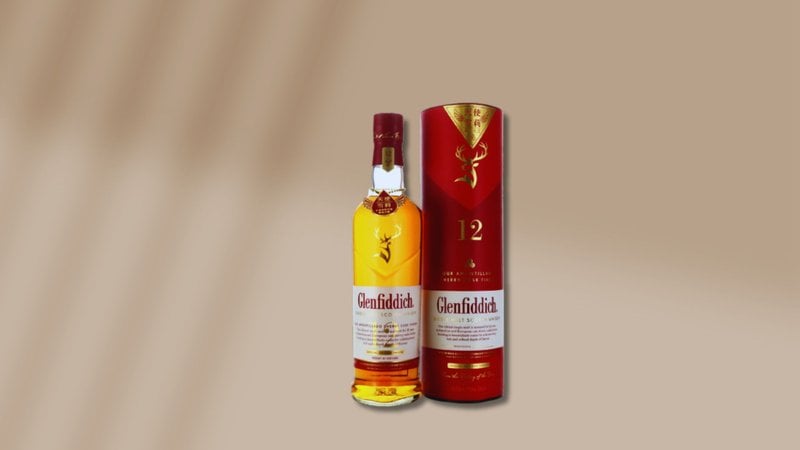
This wine boasts subtle acidity, silky tannins, and red fruit aromas with spice and chocolate notes.
2. 2011 Dow’s Vintage Port ($239)
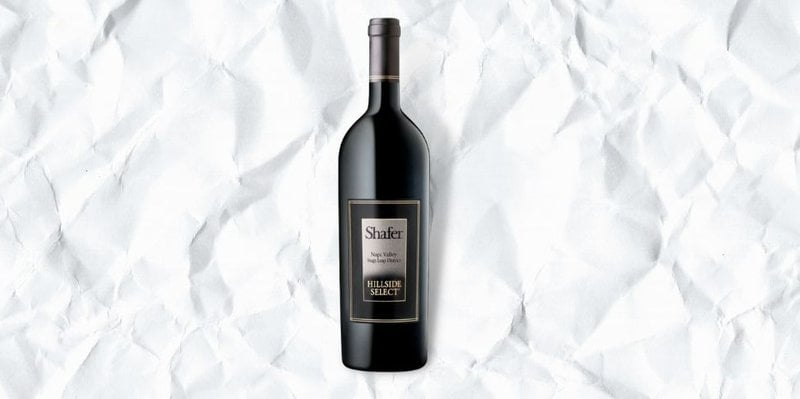
This Portuguese wine opens with supple tannins, a velvety texture, and the aromas of orange rind, menthol, and spice.
3. Taylor Fladgate 40 Year Old Tawny Port ($222)
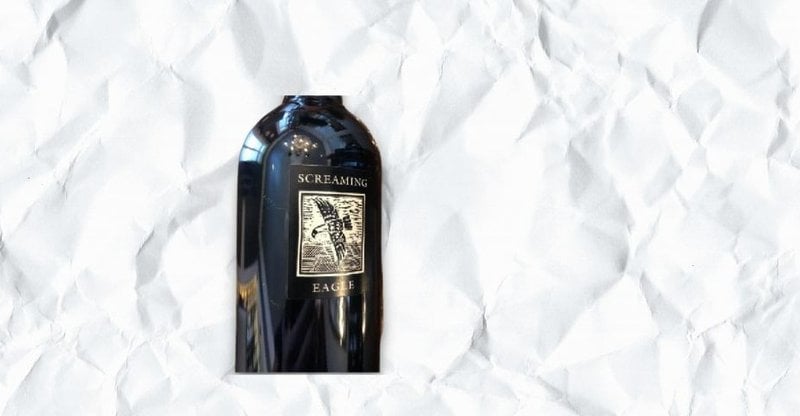
This Taylor Port wine opens with aromas of dried apricot with notes of orange and vanilla. The Taylor Tawny Port also boasts subtle acidity and a dried fruit flavor with citrus hints.
4. Quinta do Noval 40 Year Old Tawny Port ($162)
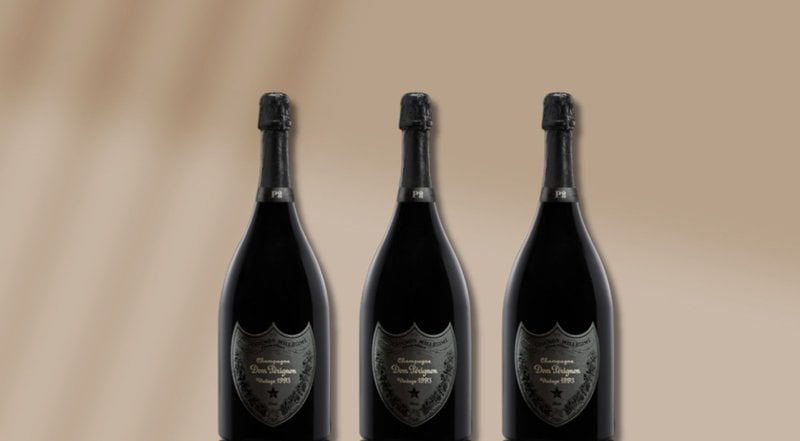
This wine bottle from Portugals Douro Valley opens with full-bodied richness and the aromas of mint and almonds.
5. 1970 Real Companhia Velha Royal Oporto Quinta das Carvalhas Vintage Port ($127)
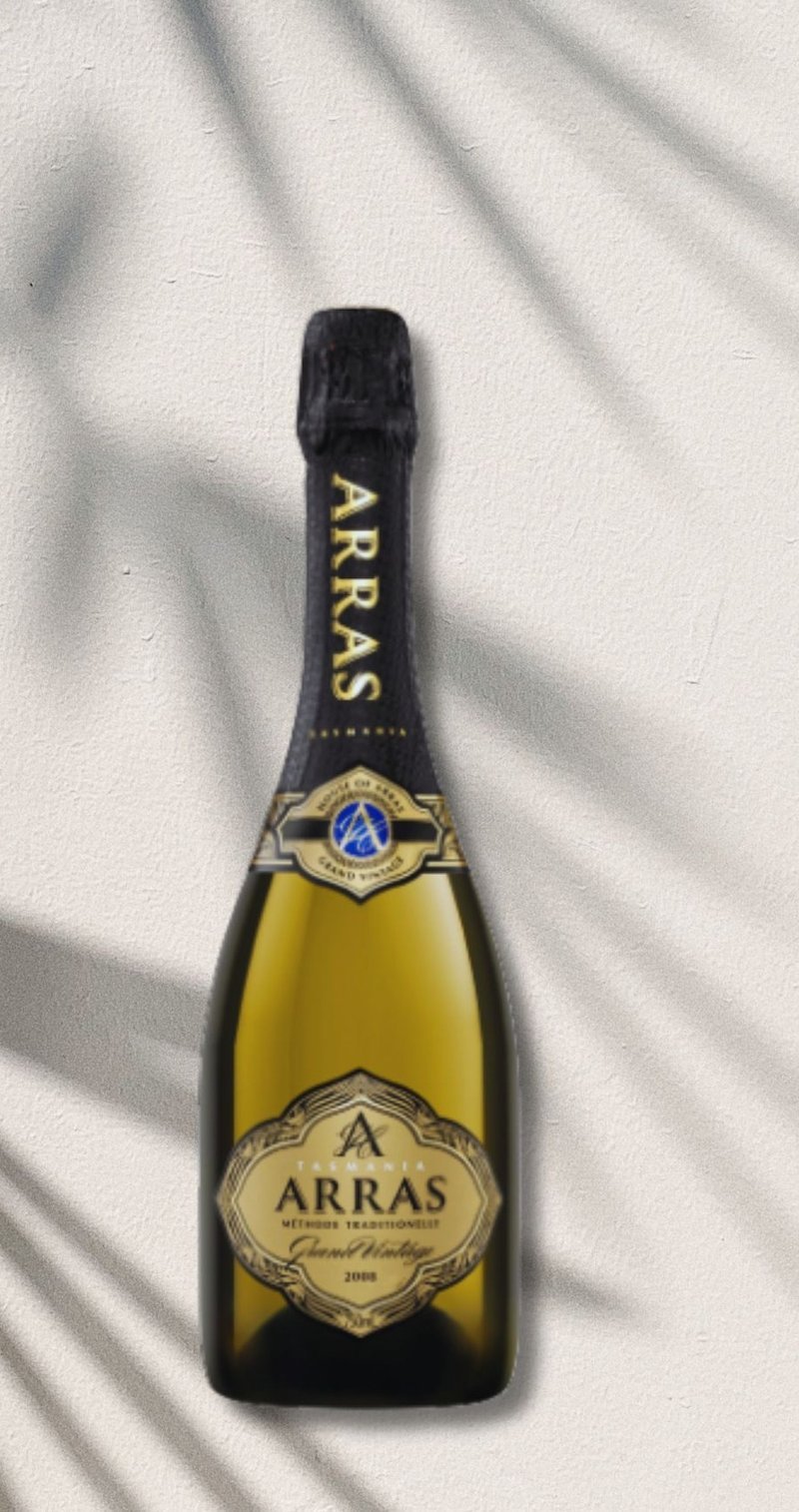
Here’s a fine Port wine with full-bodied richness, velvety texture, and the aromas of citrus fruit with almond and spice notes.
6. Van Zellers VZ 40 Years Old Tawny Port ($138)

This bottle opens with an aroma of almonds and hints of dried fruit, hazelnuts, citrus fruit, spice, and tobacco.
7. 2016 Warre's Vintage Port ($90)

This fine wine shines with ripe tannins, floral aromas, and the flavors of black fruit, nutmeg, and clove.
8. 2007 Cockburn’s Vintage Port ($75)
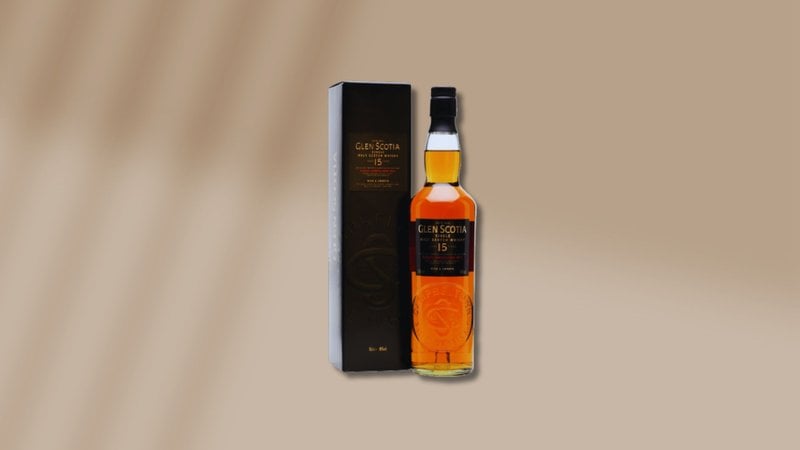
Here’s a vintage Port boasting a rich cassis flavor and the aromas of violets with citrus and spice notes.
9. 1998 Fonseca Guimaraens Vintage Port ($66)
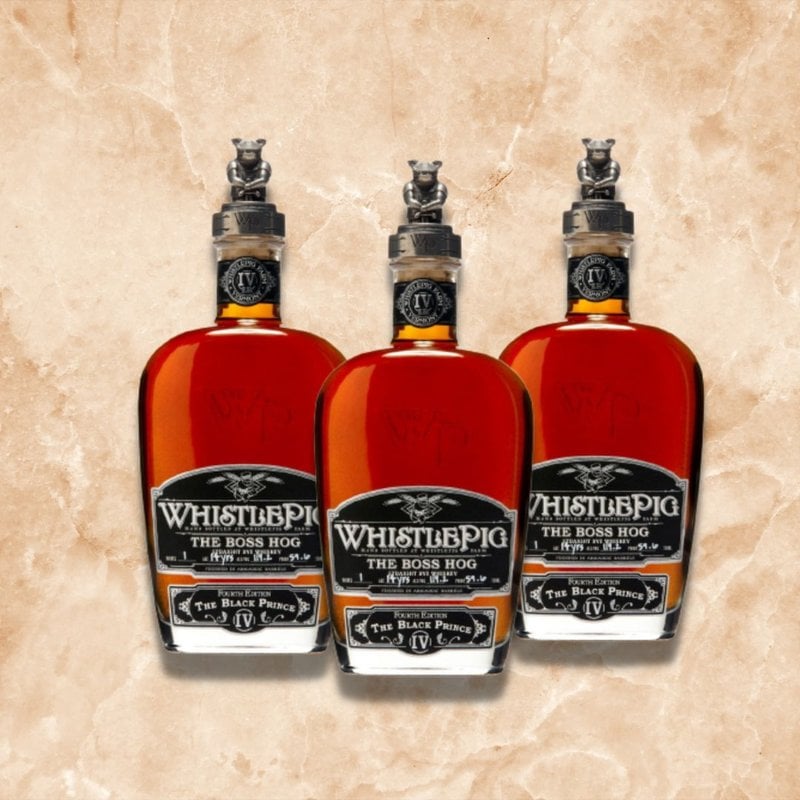
This fine wine has spicy aromas and a dark fruit flavor with leather, spice, tobacco, citrus fruit, and almond notes.
10. 2016 Smith Woodhouse Vintage Port ($60)
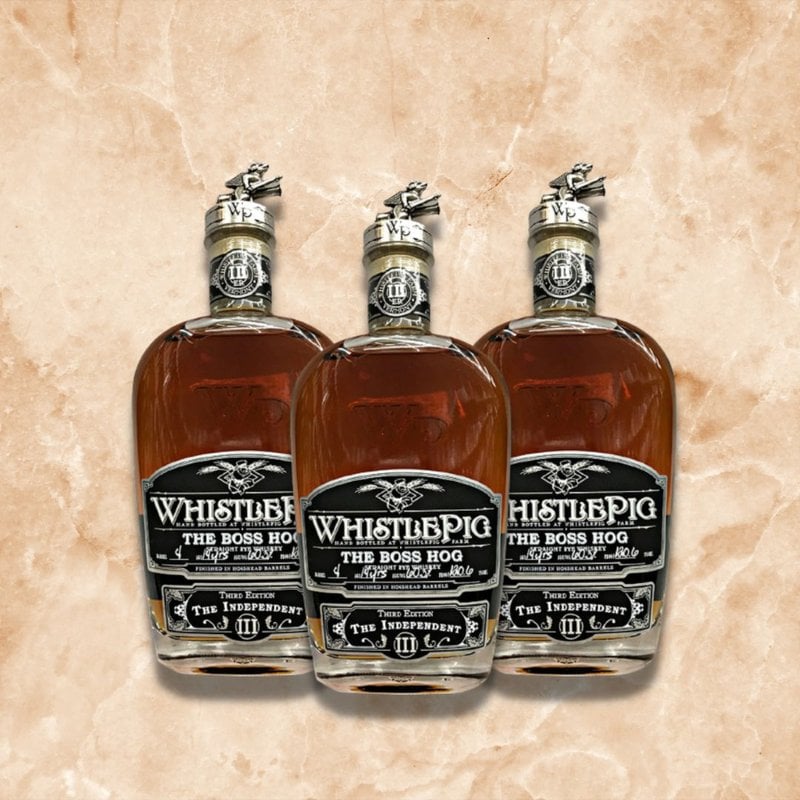
This bottle opens with peppery tannins, crisp freshness, black fruit flavors, and the aromas of violets and citrus fruit.
11. W & J Graham's Six Grapes Reserve Port ($25)
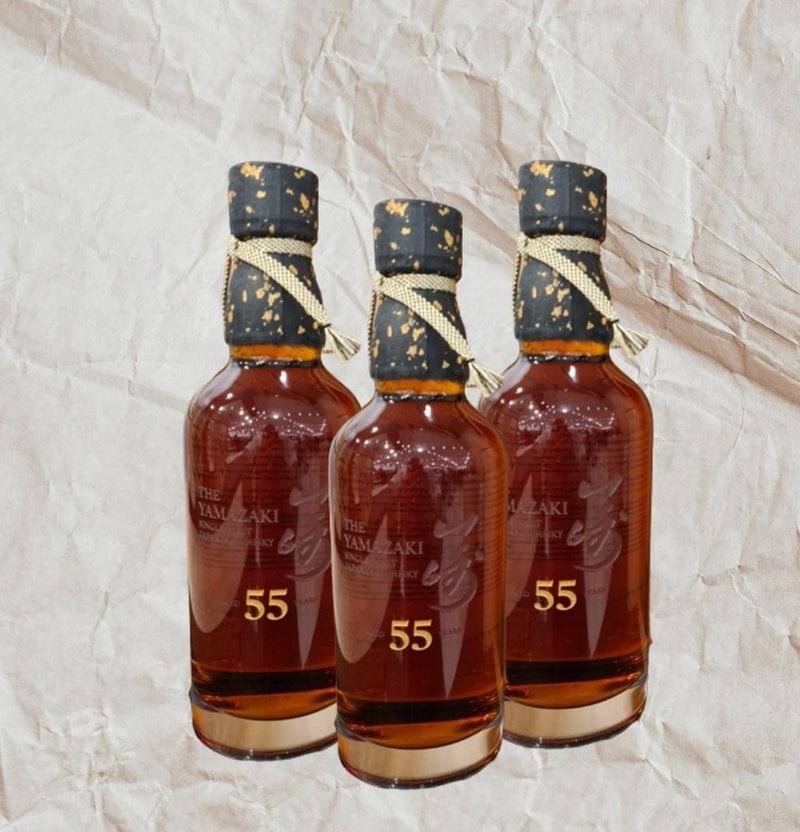
This rich Ruby Reserve Port boasts a dark chocolate flavor and a seductive aroma of cherry with ripe plum and spice notes.
12. 2018 Croft Pink Rose Port ($14)
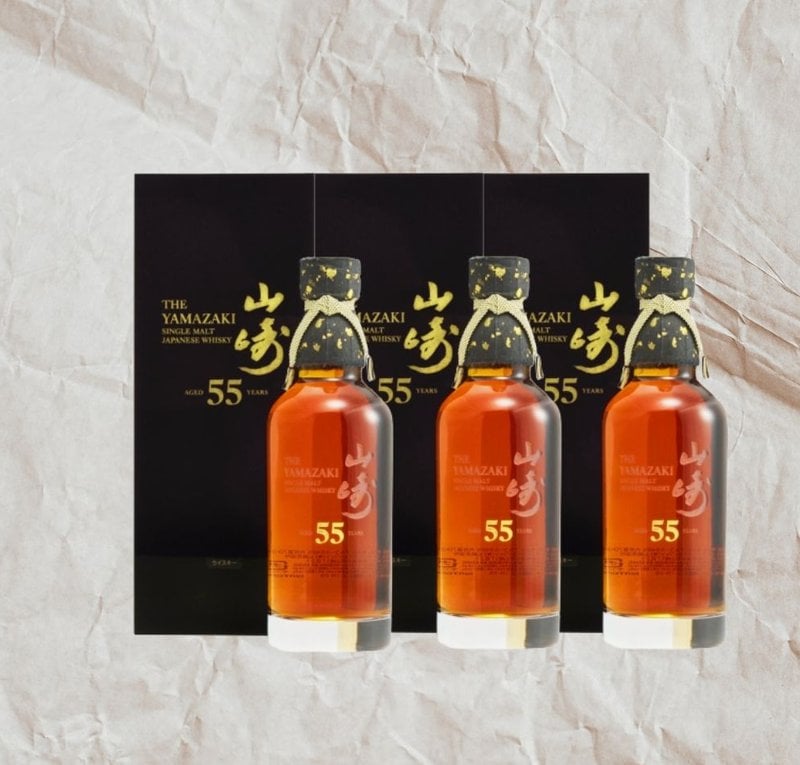
This Rosé Port has ripe raspberry flavors and floral aromas with notes of cherry, grapefruit, and honey.
What’s the best way to buy the finest Port wines?
Invest in the Best Port Wines Through Vinovest

If you’re considering investing in extraordinary Ports and other wines, your best option is to use a wine investment platform like Vinovest. It’s an AI-powered site that helps you buy, store, and sell some of the world’s most delicate wines.
But how does the platform work?
How It Works
You only need to follow these four simple steps:
- Sign up on the Vinovest website.
- Fill out a quick questionnaire to share your risk appetite and investment preferences.
- Add funds to your account (minimum investment of $1,000).
- Sit back and enjoy your late bottled vintage Port, Taylor Tawny Port, or French wine while you watch your wine portfolio grow.
Benefits of Investing Through Vinovest
Here are the key benefits of using Vinovest:
- Easy Buying and Selling: You can easily buy and sell wines from around the globe using Vinovest’s AI-based online platform.
In fact, the platform lets you sell your wines at any time. But it’s often best to sell fine wine after 5-20 years (when it has reached its peak value).
To make things easier for you, our advisors will work with you to maximize your returns — no matter the market conditions. They’ll guide you on the best liquidity options and the best time to sell your wines.
- Best Prices: You’ll get the best below-retail prices because Vinovest sources wines directly from wineries, wine exchanges, and wine merchants.
- Provenance and Authenticity: Vinovest authenticates every wine bottle and checks its provenance. So you don’t have to worry about counterfeits.
- Optimal Storage and Insurance: Your wine bottles are secured in bonded warehouses under perfect conditions of light, humidity, vibration, and temperature (You don’t have to pay any excise duty or VAT for this). Vinovest also has a comprehensive insurance policy to protect your wine cellar.
- Easy Delivery: Want to uncork that aged tawny Port, Taylor Port wine, Ruby Reserve Port, or Late Bottled Vintage Port to celebrate a special occasion? Vinovest will have it safely delivered to your doorstep — whether you’re in New Zealand, Italy, or anywhere in the world.
But that’s not all! Discover all the other benefits on theVinovest website.
Savor a Delicious Glass of Port Wine

Besides being an excellent aperitif and a dessert wine, authentic Ports can also make a perfect addition to your long-term wine collection.
If you decide to pick the bottles yourself, make sure they’re authentic and stored under ideal conditions.
But bear in mind that Vinovest makes this entire process hassle-free! It allows you to invest in authentic wines from Portugal, New Zealand, France, and all over the world.
So why not sign up now, and start building your wine collection right away?



